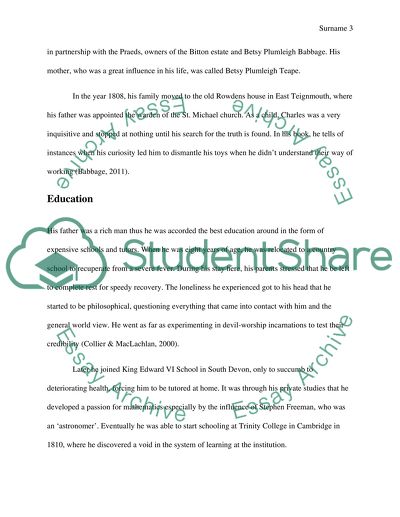Cite this document
(“Charles Babbages Contribution to Development of Computer Technology Essay”, n.d.)
Retrieved from https://studentshare.org/information-technology/1447287-charles-babbages-contribution-to-development-of-computer-technology
Retrieved from https://studentshare.org/information-technology/1447287-charles-babbages-contribution-to-development-of-computer-technology
(Charles Babbages Contribution to Development of Computer Technology Essay)
https://studentshare.org/information-technology/1447287-charles-babbages-contribution-to-development-of-computer-technology.
https://studentshare.org/information-technology/1447287-charles-babbages-contribution-to-development-of-computer-technology.
“Charles Babbages Contribution to Development of Computer Technology Essay”, n.d. https://studentshare.org/information-technology/1447287-charles-babbages-contribution-to-development-of-computer-technology.


